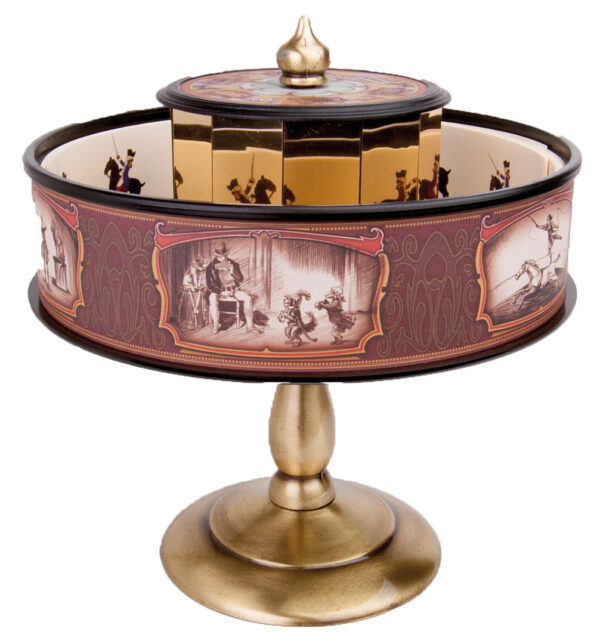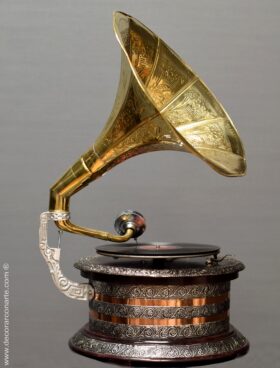Description
Reproduction in current materials of ancient instruments that are part of the cultural and scientific heritage because of their scientific, historical and aesthetic value.
The instrument is accompanied by a documentation with description in which their use is explained in detail.
This model is a reproduction of a mobile cubic Quadrants, which is dated to 1736, and David Beringer from Augsburg (Germany) is attributed. It is equipped with a articulated rod that allows to incline the cube in the north and south direction, and with a lot on the east side, which moves on a graduated scale, which allows to adapt the instrument to the latitude of the location at which we are located . It is a universal quadrant.
You have to support the base on a flat plane and then rotate it to the left or right until the Nort side is positzioniert on the same plane as the compass (the arrow tip must correspond to the compass rose). Next, we move the cube until the plumb coincides with the latitude of the location. The time of the sun is indicated by the different gnomons (triangles shadow caster), depending on when we read them.
Cabinet Universal sundial (all latitudes). German origin.
Brass, MDF was teinted and polished; crystal glass over the magnetic compass; coloured paper, bathed at zamac brass.
Box size: lenght 32 X Height 15 X Width 13 cm. Total weight: 655gr












Reviews
There are no reviews yet.